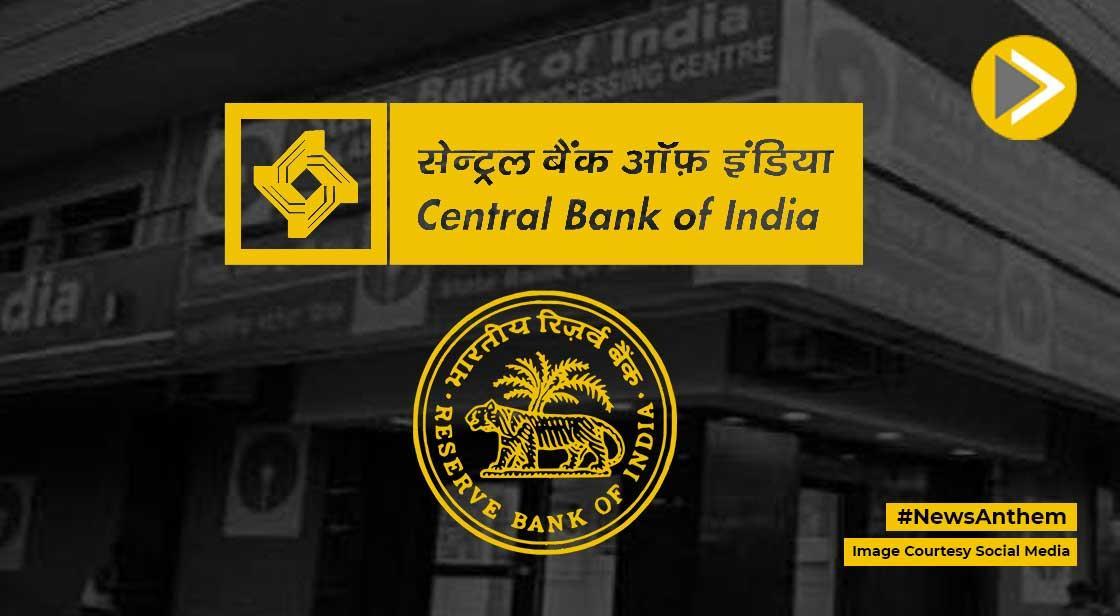RBI Introduces ‘.bank.in’ Domain to Curb Online Frauds, Strengthen Digital Banking

News Synopsis
In a major move to enhance digital security and curb online financial fraud, the Reserve Bank of India (RBI) has introduced a dedicated ‘.bank.in’ internet domain for Indian banks. Announced by RBI Governor Sanjay Malhotra during the Monetary Policy review on Friday, this initiative aims to provide a secure and verified online space for banking institutions while strengthening authentication protocols for digital transactions.
Key Highlights of RBI’s ‘.bank.in’ Domain Initiative
RBI’s Push for a Secure Digital Banking Ecosystem
As cyber threats and financial frauds continue to rise in India’s digital banking sector, the RBI is taking proactive steps to bolster security. RBI Governor Sanjay Malhotra emphasized the importance of exclusive domains for banks to help customers differentiate between legitimate banking platforms and fraudulent websites.
“The Reserve Bank shall implement the bank.in exclusive internet domain for Indian banks,” Malhotra stated, highlighting the RBI’s commitment to enhancing digital trust and security.
Implementation Timeline and Expansion Plans
-
The ‘.bank.in’ domain will be exclusively available to Indian banks and will come into effect starting April 2025.
-
The RBI also plans to introduce a ‘fin.in’ domain for other financial institutions, extending security measures beyond banks.
This initiative is expected to reduce phishing attacks, fraudulent banking websites, and unauthorized digital financial transactions by providing a verified and regulated domain space.
Enhanced Digital Security Measures: Multi-Factor Authentication for International Transactions
With increasing incidents of cyber fraud, the Reserve Bank of India (RBI) has also taken additional steps to strengthen online transaction security.
“The surge in digital fraud is a matter of concern. It warrants action from all stakeholders. The Reserve Bank has been taking various measures to enhance digital security in the banking and payment systems,” Malhotra emphasized.
-
Additional Authentication Factor for Digital Payments: The RBI has already implemented an additional factor of authentication (AFA) for domestic transactions, ensuring enhanced security for online payments.
-
Extension to International Payments: The same authentication protocol will now be extended to online international payments made to offshore merchants that support this security measure.
This move is expected to prevent unauthorized international transactions, ensuring safer cross-border digital payments for Indian customers.
New Financial Market Measures by RBI
Apart from digital security enhancements, the RBI also introduced several measures to optimize financial markets:
1. New Forward Contract for Government Securities
To help long-term investors such as insurance funds and pension funds manage interest rate risks, the RBI has announced a new forward contract for government securities.
-
This will facilitate efficient pricing of derivatives linked to government securities.
-
It aims to enhance risk management across interest rate cycles.
2. Expanding Retail Participation in Government Securities
In an effort to encourage greater retail participation in government securities, the RBI has expanded access to the NDS-OM (Negotiated Dealing System-Order Matching) platform.
-
Non-bank brokers registered with SEBI will now be allowed to access this platform.
-
This move is expected to deepen the bond market and increase participation from non-bank financial institutions.
3. Review of Trading and Settlement Timings
The RBI has acknowledged the evolving financial market landscape and will set up a working group to review trading and settlement timings across five RBI-regulated financial markets.
-
This group will comprise representatives from key stakeholders and will submit its report by April 30, 2025.
Current Banking and Economic Indicators
Credit-Deposit Ratio (CDR) and Liquidity Buffers
-
The credit-deposit ratio (CDR) of Indian banks stood at 80.8% as of January 2025, reflecting stability compared to September 2024.
-
Despite a slight moderation in Net Interest Margins (NIMs), liquidity buffers in banks remain adequate.
-
Return on Assets (RoA) and Return on Equity (RoE) continue to indicate a healthy financial system.
NBFC Sector Performance
-
The Non-Banking Financial Companies (NBFCs) sector remains robust, with strong financial indicators and steady market performance.
Conclusion
With the launch of the ‘.bank.in’ domain and expanded multi-factor authentication measures, the RBI is taking significant steps to enhance the security of India’s digital banking ecosystem. These initiatives will help mitigate online financial frauds, improve customer confidence, and create a more secure environment for banking and financial transactions.
Furthermore, the RBI’s additional measures in government securities, bond market accessibility, and financial market optimization reflect its commitment to strengthening India’s financial sector while adapting to evolving global trends.
You May Like









